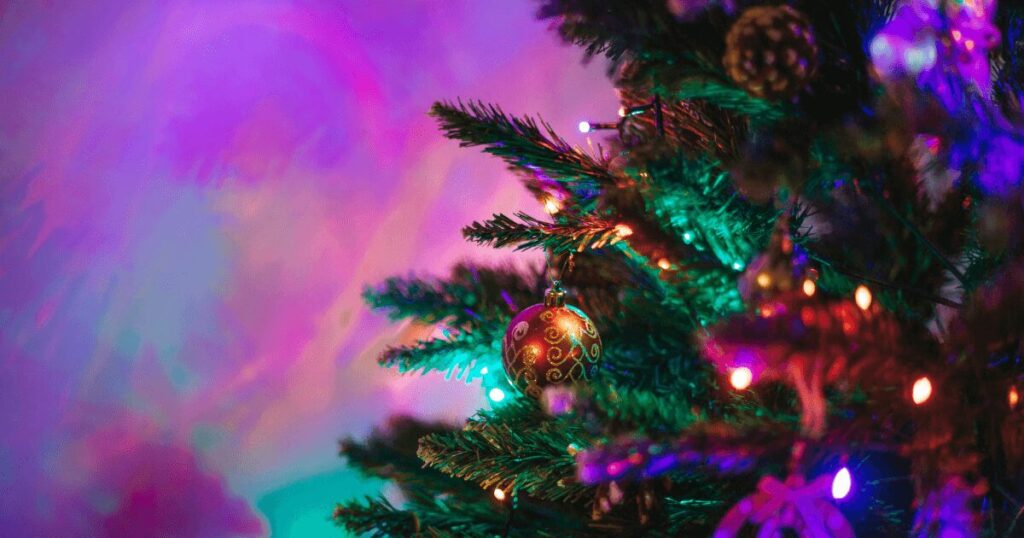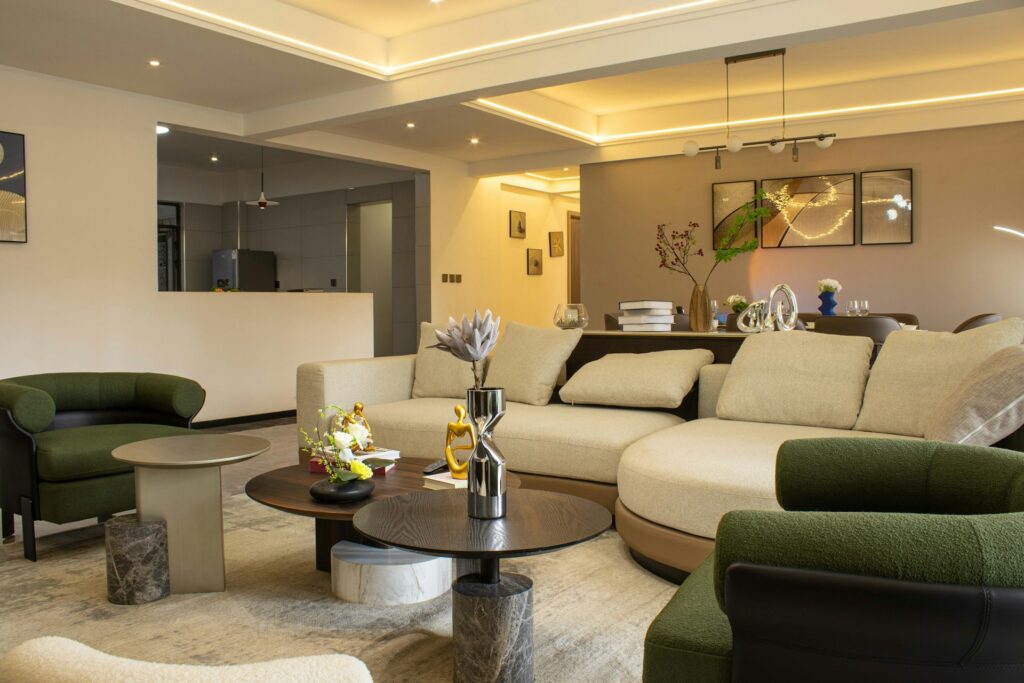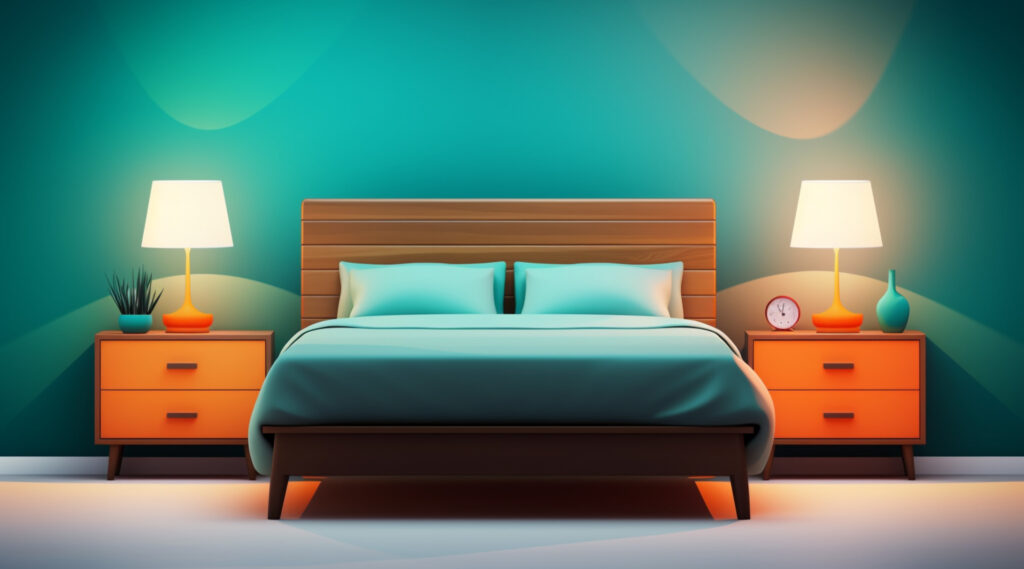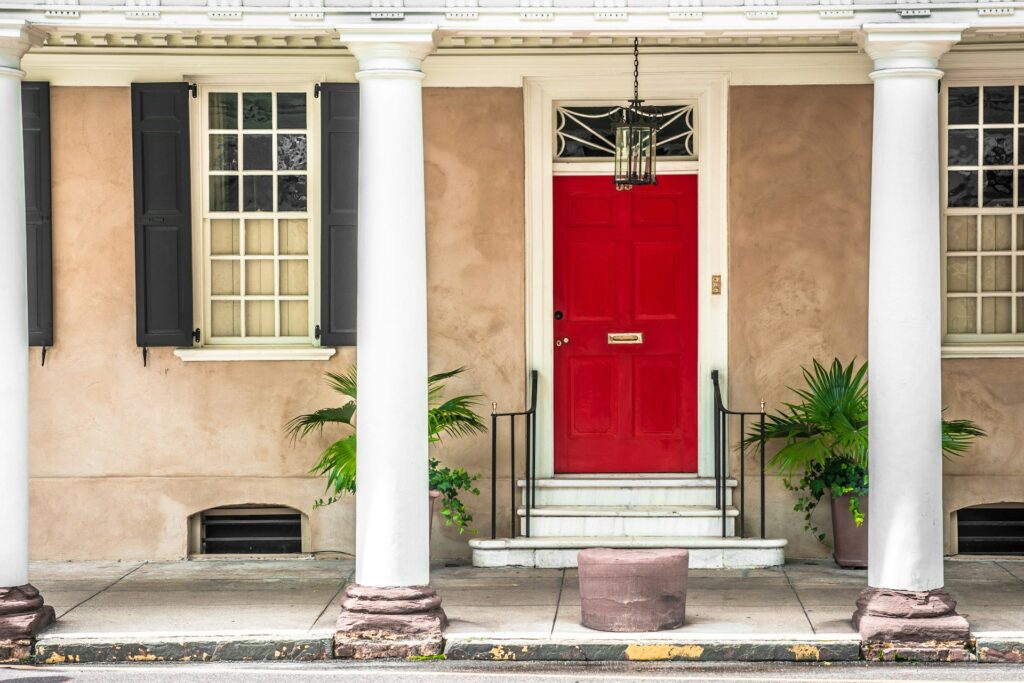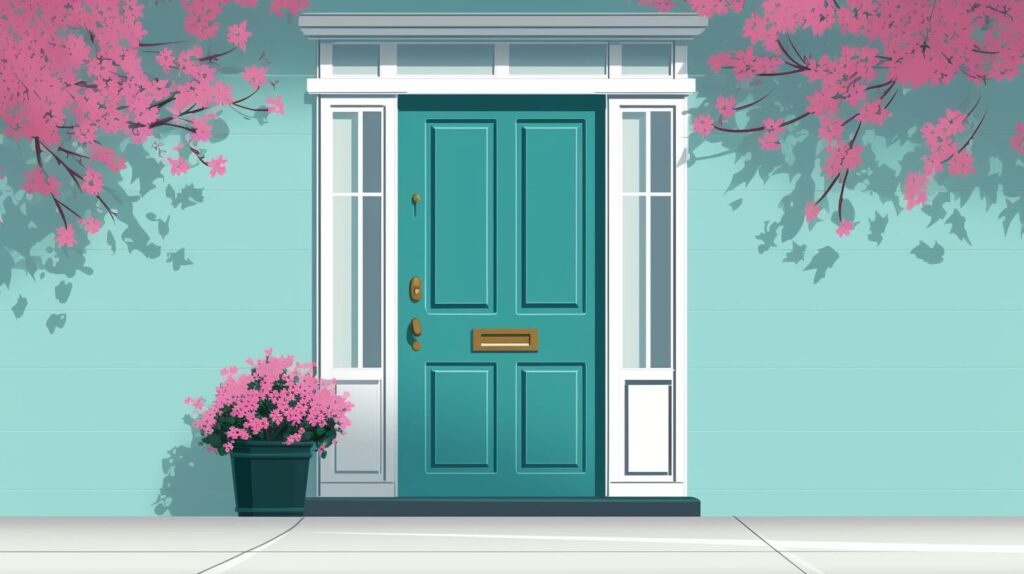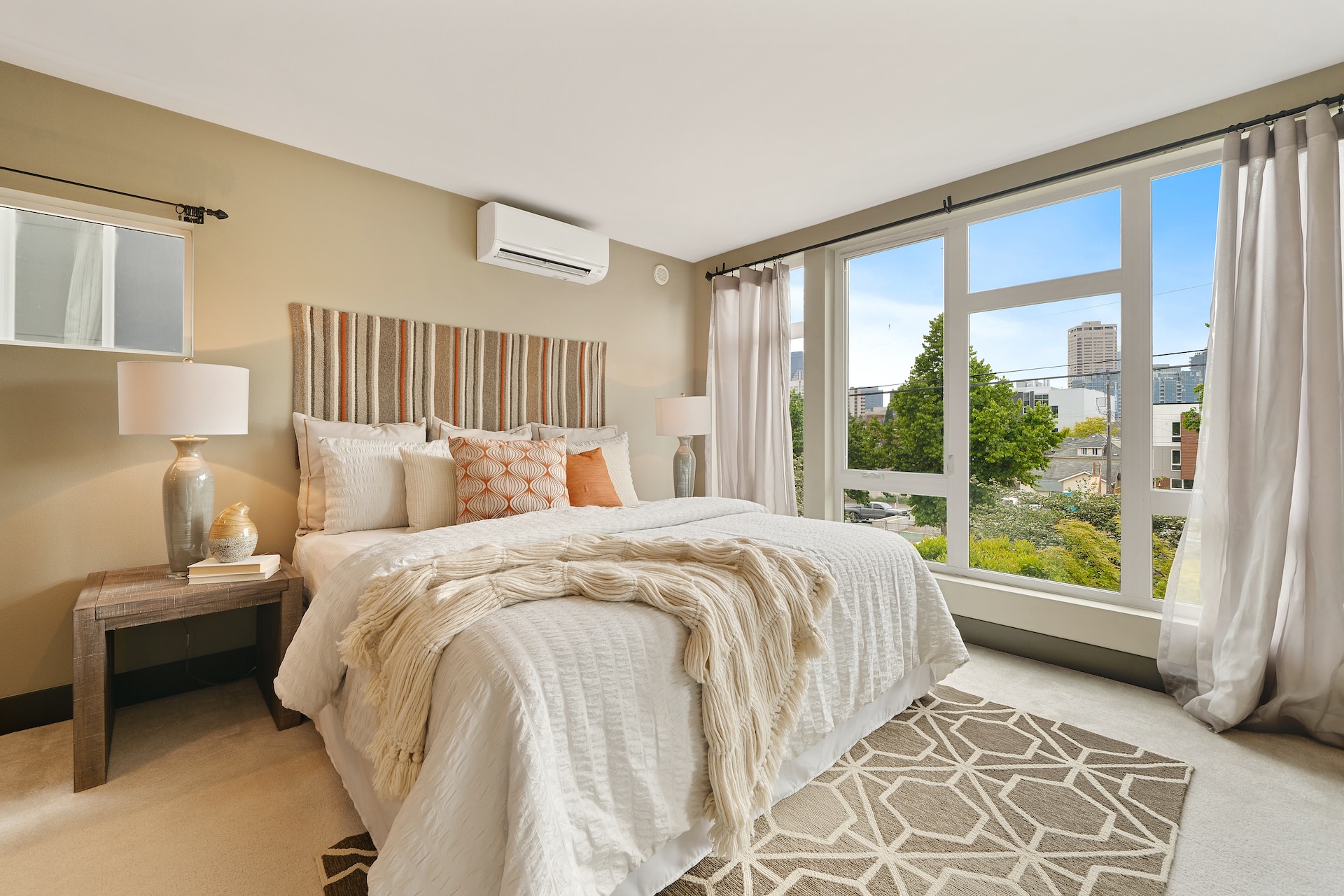
We are reader-supported. When you buy through links on our site, we may earn an affiliate commission.
Your bedroom should be a relaxing sanctuary for intimacy and rest. However, noise can easily ruin your sleep and private moments. Thankfully, there are many ways to soundproof a bedroom.
Common Bedroom Noise Issues
Whether you live in a complex or busy neighborhood, there are several causes for outside noise entering your bedroom through walls, windows, ceilings and floors.
Neighbors – Neighbors are living their unique lives the same as you but that can mean loud noises that disturb your peace. If you live in a multi-family unit, loud televisions, parties or just vacuuming can create a lot of noise for many homes. Even if your home is on its own plot of land, sound from lawn mowers and outdoor events can enter your room.
Traffic – Urban areas often have a large amount of traffic from cars, taxis and delivery trucks. In less populated areas, you might still be subject to the noise from garbage trucks, train whistles and tractors.
Pipes – Older pipes can make plenty of noises throughout your home, preventing you from fully relaxing. You often notice these sounds at night, with the clanging interrupting a good night’s sleep.
Wind – A strong breeze can hit your exterior walls and windows, creating plenty of noise for you to try and ignore.
Thankfully, these five tips can help you keep your bedroom quiet.
1. Place Furniture Against Your Walls
If you have thinner walls, there are ways to arrange your furniture to maximize sound absorption, giving you a quieter night.
Thicker walls block sound waves from entering a room. You can create a thicker “wall” by placing bookshelves, dressers and larger pieces of furniture against them. Plush, soft cushions and chairs are great sound absorbers and can be an excellent option if you don’t have particularly tall furniture. If you place your bed against the wall, a taller, plush headboard goes a long way.
Make sure any furniture placed against a wall is level and secure to avoid risk of injury. Never stack any items unless their design calls for it.
2. Soften the Floor
Plush carpeting can trap around 35% of soundwaves, reducing echo inside the room and muffling any outside noise. The thicker the carpet is, the better but what if you love your hardwood?
Area rugs are an excellent choice to create a soft, soundproofing surface while still seeing your beautiful hardwood. They are also great for around your home if you rent and are unable to install carpeting.
Wool and jute are great for both carpeting and rugs, thanks to their plush textures. They come in various shapes, colors and sizes so you can find the perfect fit for your space. One trick with area rugs is that you can layer to create a fun visual effect.
3. Make or Purchase Acoustic Wall Paneling
You can take your soundproofing to the next level by purchasing or making your own acoustic panels. They are made from frames filled with foam and you can place them on your walls and ceilings. You can also opt for acoustic foam, which has an egg carton pattern on it. While you can hand acoustic panels around your bedroom, acoustic foam fits together to fill an entire wall.
If you do not want to purchase these panels, you can often get a similar effect by placing mattress pads, pillows or rugs to the same locations.
To make your own acoustic panels, you’ll need to purchase or build a frame that you can stuff with insulation.
A popular way to make effective and attractive acoustic panels is to adhere wood plants together to create a sizeable frame. Staple one side of the fabric to the foam and stuff the open side with the foam. Once you fill it so there is little space left in the frame, ensure you can smoothly cover it and adhere the rest of the fabric through the other side of the frame.
4. Add Weatherstripping Around Your Windows
Your windows can be a major source of noise if not sealed properly but even the small cracks common between the wall and your window’s seal can let in excess noise.
Resolving this could be purchasing better-fitting or multi-pane windows but a less expensive and effective option is weatherstripping. Most come in peel-and-stick rolls and form a tight seal between your window and wall. This helps eliminate drafty air that carries soundwaves. There are even removable ones that work well in rental homes and apartments.
You can purchase weatherstripping online or at your local hardware store.
5. Add Curtains
To add extra soundproofing to your windows, you are going to want to add curtains.
Thick curtains have a sound absorbing effect similar to a rug. Some are even made to soundproof home studios, though you don’t have to purchase fancy drapes to enjoy the dampening effects.
Solid pieces of fabric like drapes are much more effective that blinds or shutters, which have openings in the center or sides. You can layer curtains over these treatments to add versatility to your windows.
For noise at night, blackout curtains are the way to go. They are often thick with a coating on one side to prevent all light from coming through your windows while soundproofing. For non-blackout options, consider satin, polyester or velvet for your soundproofing needs.
Keeping Noise Inside Your Bedroom
Techniques to soundproof a bedroom don’t just keep outside noises out, they also help keep sounds inside your room. It is a private place where you should be able to enjoy music, television and intimacy without worrying about others clearly hearing what you are doing.
If you have children or roommates, you might not want them to hear some of your bedroom activities. True privacy can be hard to come by and an opportunity for a soundproof bedroom can go a long way. It helps you turn off your brain and be your true self without worrying about disturbing others.
Soundproofing A Bedroom
Using various tools and techniques, you can soundproof your bedroom, maximizing your rest and relaxation. It doesn’t have to be expensive to get a nice noise dampening effect.

